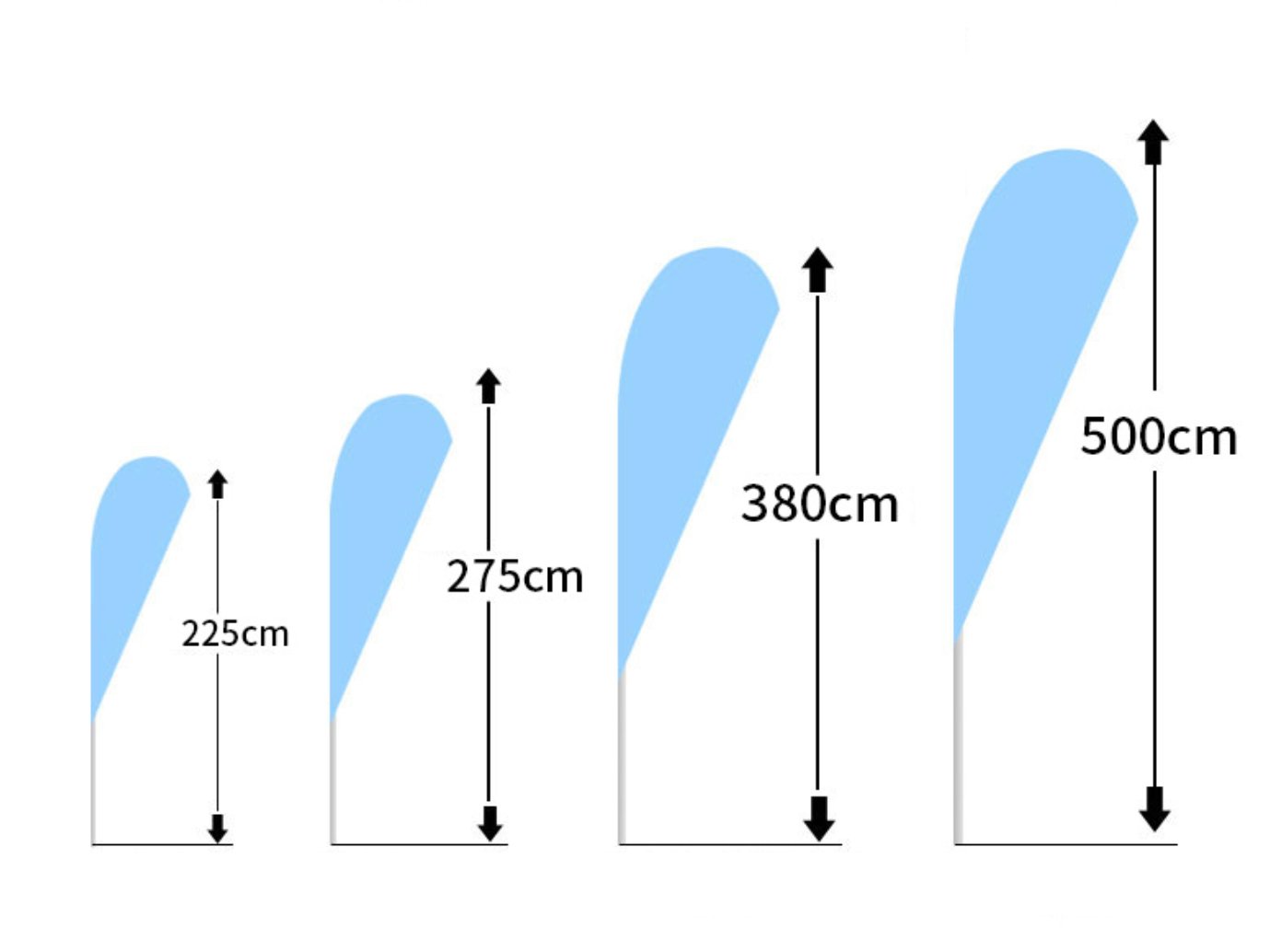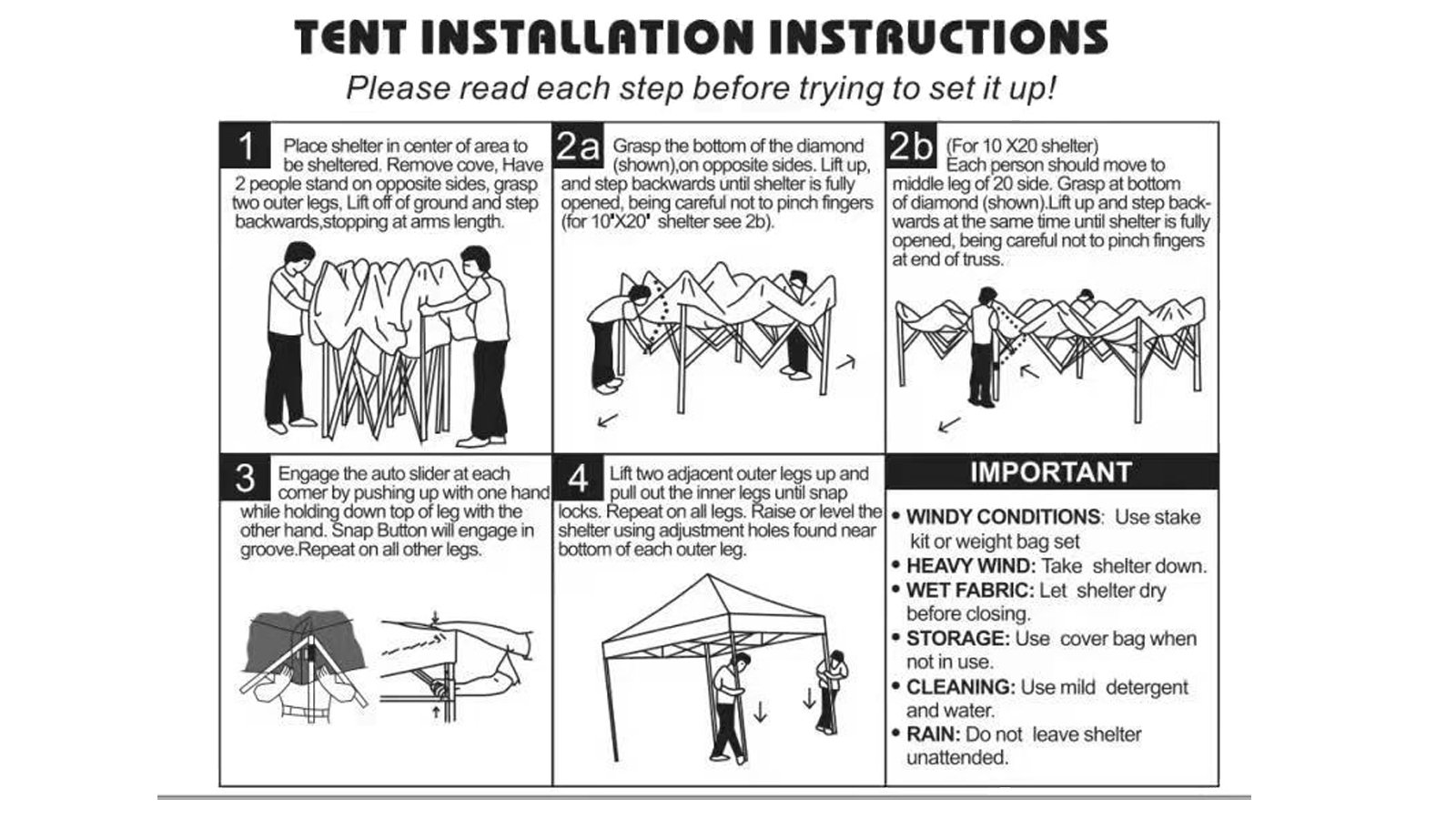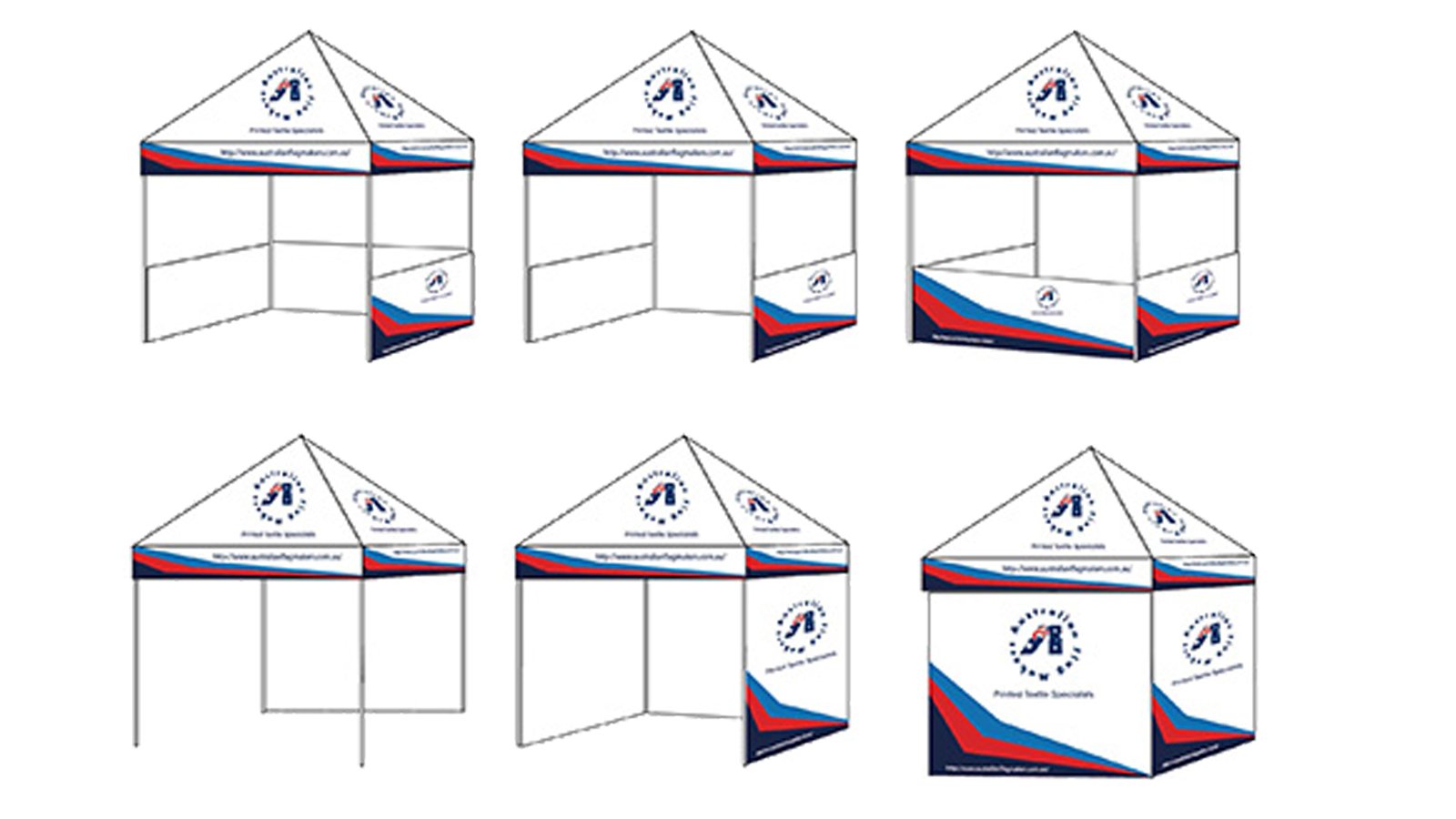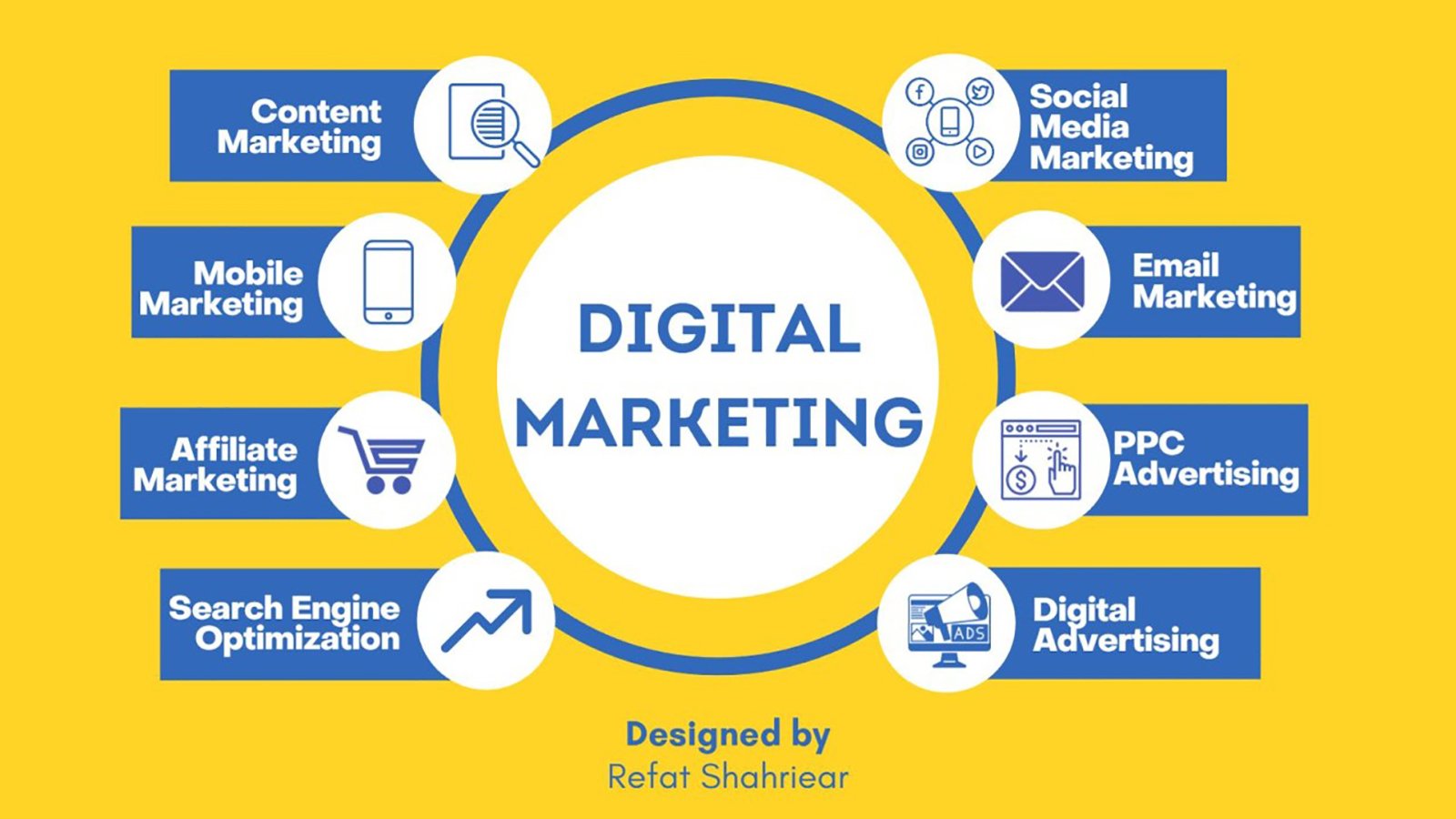The Role of Sales and Marketing in Business: Explained
Sales and marketing are two crucial functions that play a vital role in the success of any business. While they are distinct, they work closely together to drive revenue and promote growth. In this article, we will delve into the various aspects of sales and marketing and explore how they contribute to the overall success of an organization.
The Basics: Understanding Sales and Marketing
Sales and marketing are often used interchangeably, but they are not the same. Sales is the process of converting leads into customers by persuading them to purchase a product or service. On the other hand, marketing is a broader term that includes activities aimed at attracting and retaining customers, such as market research, advertising, branding, and public relations.
While sales focuses on closing deals and generating revenue, marketing sets the foundation by creating awareness and interest in the products or services offered. Both functions are essential and work hand in hand to achieve business objectives.
The Sales Process: From Prospecting to Closing
The sales process encompasses several stages, each with its own objectives and strategies. Let's take a closer look at each of these stages:
1. Prospecting
Prospecting involves identifying potential customers who may be interested in your product or service. This can be done through various methods, such as cold calling, networking, or lead generation campaigns. The goal of prospecting is to create a pool of qualified leads to pursue further.
2. Qualifying Leads
Once you have a list of potential leads, the next step is to determine their level of interest and suitability. Qualifying leads involves assessing their needs, budget, and decision-making authority. This helps prioritize leads and focus efforts on those with a higher probability of converting into customers.
3. Presenting and Demonstrating
At this stage, the salesperson presents the product or service to the qualified leads. This may involve product demonstrations, presentations, or providing samples. The goal is to showcase the value and benefits of the offering and address any concerns or objections the prospect may have.
4. Handling Objections and Negotiating
During the sales process, prospects may have objections or concerns that need to be addressed. The salesperson must listen actively, empathize with the prospect, and provide relevant information to overcome objections. Negotiation skills also come into play when discussing pricing, terms, or customization options.
5. Closing the Sale
The ultimate goal of the sales process is to close the deal and convert the prospect into a paying customer. This involves finalizing the details, such as signing contracts, processing payments, and ensuring a smooth transition to the implementation or delivery phase.
The Marketing Mix: The Four Ps
Marketing revolves around the concept of the four Ps: product, price, place, and promotion. Let's explore each of these elements:
1. Product
The product refers to the goods or services offered by a business. Marketing activities related to the product focus on product development, branding, packaging, and differentiation. Understanding customer needs and preferences is crucial to creating a product that meets their expectations.
2. Price
Pricing strategies play a significant role in marketing. Determining the right price involves considering factors such as production costs, competition, market demand, and perceived value. Price positioning can influence customer perception and purchase decisions.
3. Place
Place refers to the distribution channels through which products or services are made available to customers. This includes decisions related to physical stores, online platforms, partnerships with retailers, or direct sales. Efficient distribution ensures that the product reaches the target market effectively.
4. Promotion
Promotion encompasses all activities aimed at communicating and promoting the product or service to the target audience. This includes advertising, public relations, sales promotions, direct marketing, and digital marketing strategies. Effective promotion creates awareness, generates interest, and drives customer engagement.
The Importance of Sales and Marketing Alignment
While sales and marketing have distinct roles, it is essential for these functions to align and collaborate effectively. When sales and marketing teams work together seamlessly, it leads to improved lead generation, better customer targeting, increased conversion rates, and enhanced customer satisfaction.
Marketing provides valuable insights and data to sales teams, enabling them to understand customer needs and preferences better. On the other hand, sales teams provide valuable feedback to marketing, helping refine messaging, target audience, and promotional strategies.
Conclusion
In conclusion, sales and marketing are integral components of any successful business. While sales focuses on closing deals and generating revenue, marketing sets the stage by creating awareness and interest in the products or services offered. By aligning these functions and leveraging their unique strengths, organizations can drive growth, increase customer satisfaction, and achieve long-term success.
























































































































